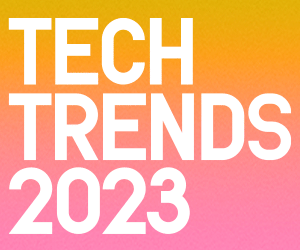Districts likely won’t upgrade their networks just for VR, but for those that are upgrading, the need to support future immersive experiences may factor into decisions about capacity.
In districts that are already using VR apps, IT leaders say they can foresee the bandwidth demand becoming a constraint as immersive tech is more widely deployed in schools.
In Michigan’s Muskegon Area Intermediate School District, “70 to 80 percent of the VR apps that we’re using do not require internet,” says Instructional Technology Consultant Andy Mann. “But there are apps that let students work collaboratively with other students, and there could be some impact there, depending on how many students are using them at the same time.”
In fact, Muskegon Area ISD is already feeling that impact in schools where multiple students are using VR at once. “One of our schools put in its own service set identifier, or Wi-Fi network, specifically for the 15 headsets that were being used,” thus creating a dedicated network to support VR needs, Mann says.
DIG DEEPER: Here are 5 reasons to take advantage of Wi-Fi 6.
K–12 Students Use VR to Expand a Variety of Skills
For all that VR has to offer, advocates of immersive education say it is worth the effort to get bandwidth right. “It’s a more visceral approach to learning,” Brito says. “You’re able to immerse the students in that type of learning — seeing it, hearing it. It’s just the evolution of how and what education might be in the future.”
According to results from SAP and JFFLabs, which launched a skill immersion lab with VR headsets and immersive learning modules in 2021, 88 percent of students felt engaged during VR lessons.
This is why Muskegon Area ISD is using Meta Quest headsets and the Prisms VR app to bring experiential learning to math concepts. By delivering math in a tactile 3D environment, Prisms “helps kids understand key algebra and geometry concepts in ways that they can’t get just by doing it with a pencil and paper,” Mann says.
Oklahoma CareerTech is tapping into the power of VR statewide to help students prepare for their future careers.
STEM Coordinator Tonja Norwood says the program’s Choose Aerospace curriculum saves money with VR. “Instead of having to set up a lab where you have all the aircraft maintenance equipment, which is very costly, they can use virtual reality simulations without our having to spend an incredible amount of money on equipment,” she says.















